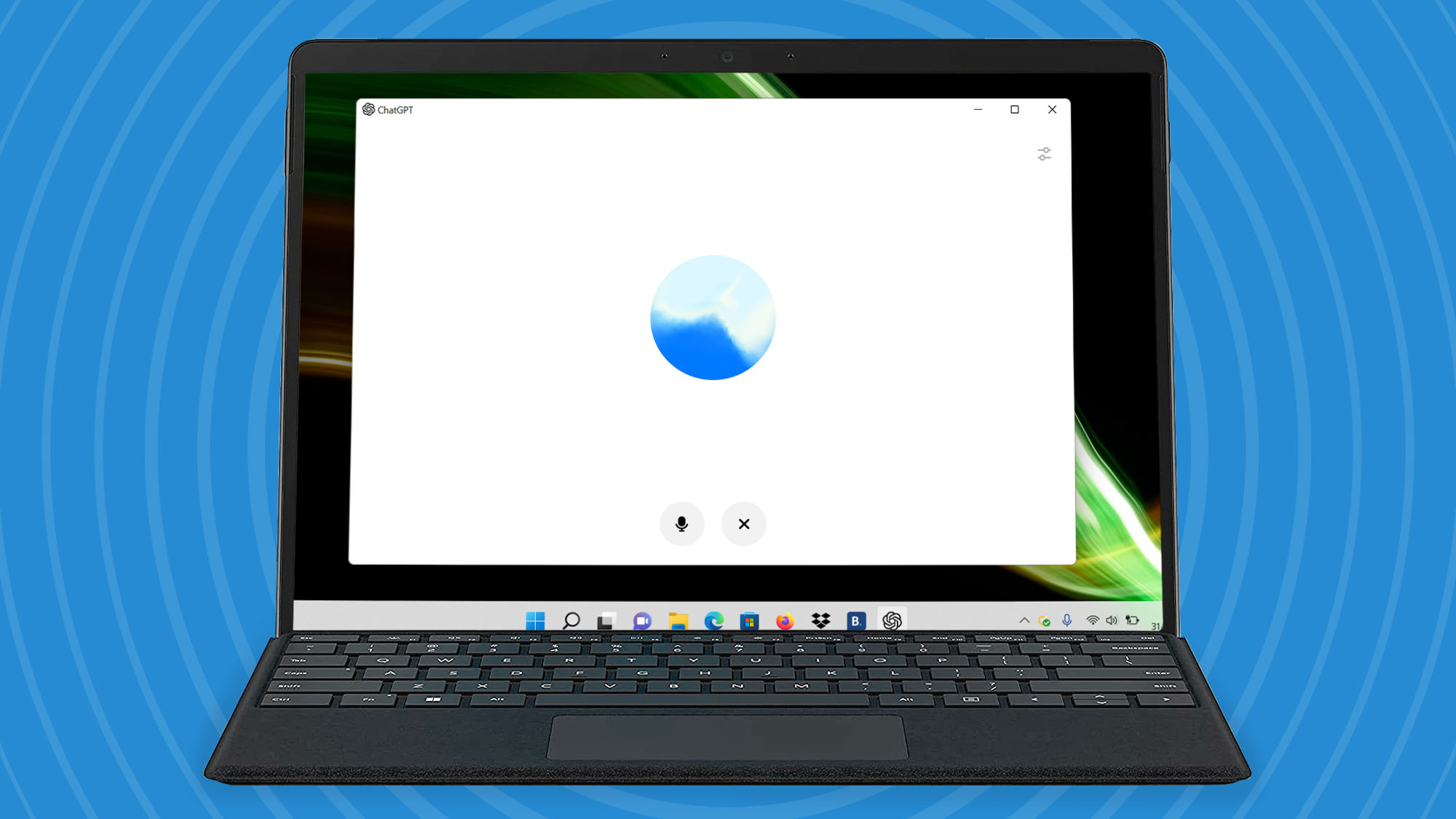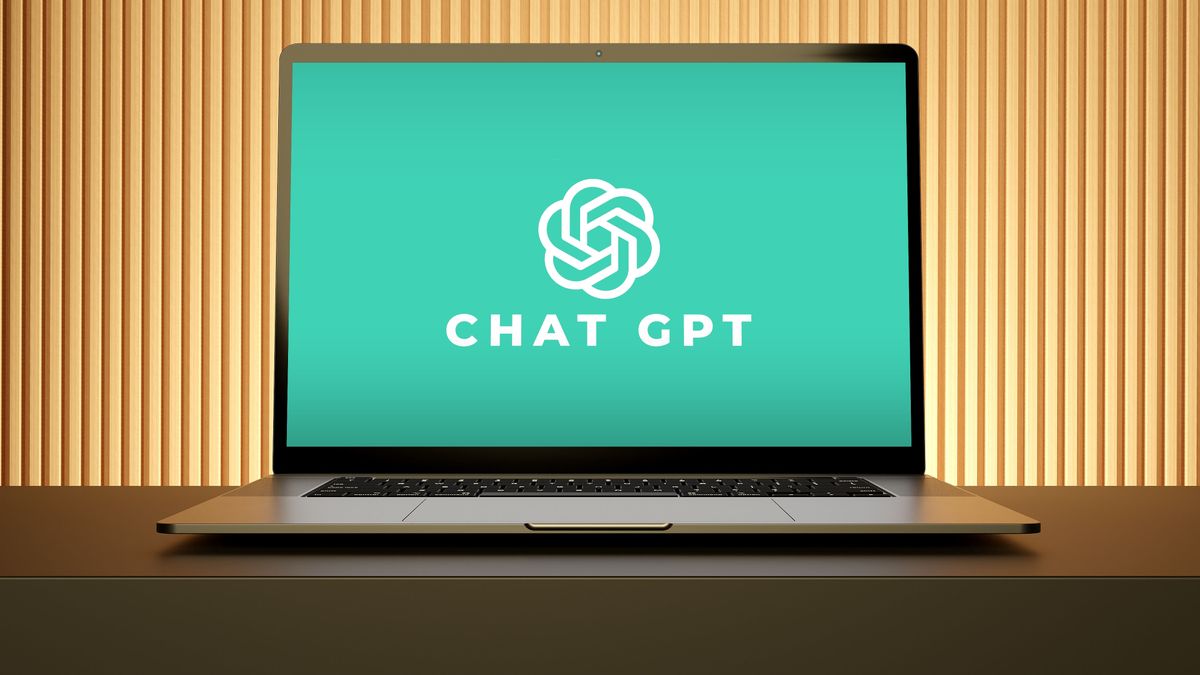Join our daily and weekly newsletters for the latest updates and exclusive content on industry-leading AI coverage. Learn More
At this year’s annual BUILD conference, data architecture giant Snowflake went all in to give its customers advanced capabilities, including some long-previewed features, to easily mobilize their datasets to build and share powerful AI applications.
The company debuted new tools for Cortex AI, its fully managed offering for developing conversational AI apps grounded in enterprise data hosted on its platform.
It also announced Snowflake Intelligence, enabling users to create ‘data agents’ that could not only answer questions related to structured (organized in tables) and unstructured data (PDFs, documents, etc.) on the platform but also take action across third-party platforms like Salesforce and Google Workspace using the generated answers.
Below is a rundown of all major announcements:
Cortex AI enhancements
Ever since its introduction last year, Cortex AI has been receiving regular updates from Snowflake to simplify how developers create and run AI apps.
At BUILD, Snowflake continued to bolster this offering with new multimodal input support for apps in development, managed connectors to integrate internal knowledge bases to the apps, and knowledge extensions to tie third-party documents, like news articles, to the services.
The company also announced Cortex Chat API combining structured and unstructured data into a single REST API call for fast-tracked RAG and agentic app development; observability for the developed AI apps (building on the TruEra acquisition); and support for SQL Joins and multi-turn conversations in Cortex Analyst to unlock richer insights from structured data.
Snowflake Intelligence
Using the enhancements to Cortex AI, including integration with internal knowledge bases, the company announced Snowflake Intelligence, a unified platform enterprises users can use to build ‘data agents’. T
The agents will use Snowflake-hosted business intelligence data as well as that connected via third-party platforms to provide users with instant answers to their business questions.
Further, once the insights are produced, the users can ask the same agent to act on them across integrated third-party tools.
This could involve a wide range of tasks across third party apps, from automatically and autonomously creating an editable form in Google Workspace using the generated insights to modifying an entry in Salesforce CRM.
Open Catalog, Document AI enhancements
Back in June, during its flagship summit, Snowflake and its industry partners unveiled Polaris as a vendor-neutral catalog implementation for indexing and organizing data conforming to the Apache Iceberg table format.
The offering has since been open-sourced and donated to the Apache Foundation. At BUILD, the company took a step ahead and debuted a fully managed, hosted version of the catalog called Snowflake Open Catalog. T
Now generally available, Polaris helps enterprises grow and evolve by integrating new engines and applying consistent governance controls.
In addition, Snowflake also announced the general availability of Document AI, the product it offers to let users extract data from unstructured documents like invoices, on AWS and Microsoft Azure.
Threat prevention and security monitoring
In light of the recent customer data breach, Snowflake has taken multiple steps to bolster the security of its users, including enforcing multi-factor authentication by default.
At BUILD, the company continued this work with the introduction of Leaked Password Protection, a capability that will automatically detect and notify customers if their Snowflake credentials have been exposed on the dark web (much like Google).
According to Christian Kleinerman, the EVP of product at Snowflake, the company may even go and disable the accounts with compromised credentials for account protection.
In addition to this, Snowflake announced a new Threat Intelligence Scanner Package for its Trust Center, the place where users see how well their accounts are configured.
The feature will provide users with a risky user view, giving them the ability to detect when a potentially risky user is active along with the best steps to deal with the situation.
Snowflake’s Trust Center is also getting extensibility, which will enable third-party partners to leverage Snowflake’s native app framework and add additional checks and assessments to the dashboard.
Snowflake BUILD runs from November 12 to November 15, 2024.
VB Daily
Stay in the know! Get the latest news in your inbox daily
By subscribing, you agree to VentureBeat’s Terms of Service.
Thanks for subscribing. Check out more VB newsletters here.
An error occured.











































































































































































You must be logged in to post a comment Login